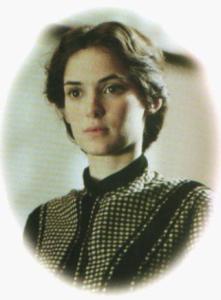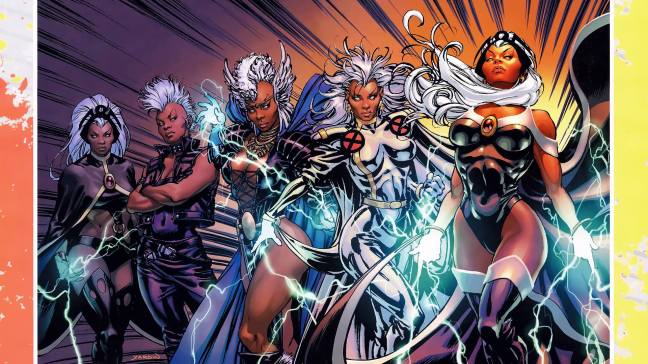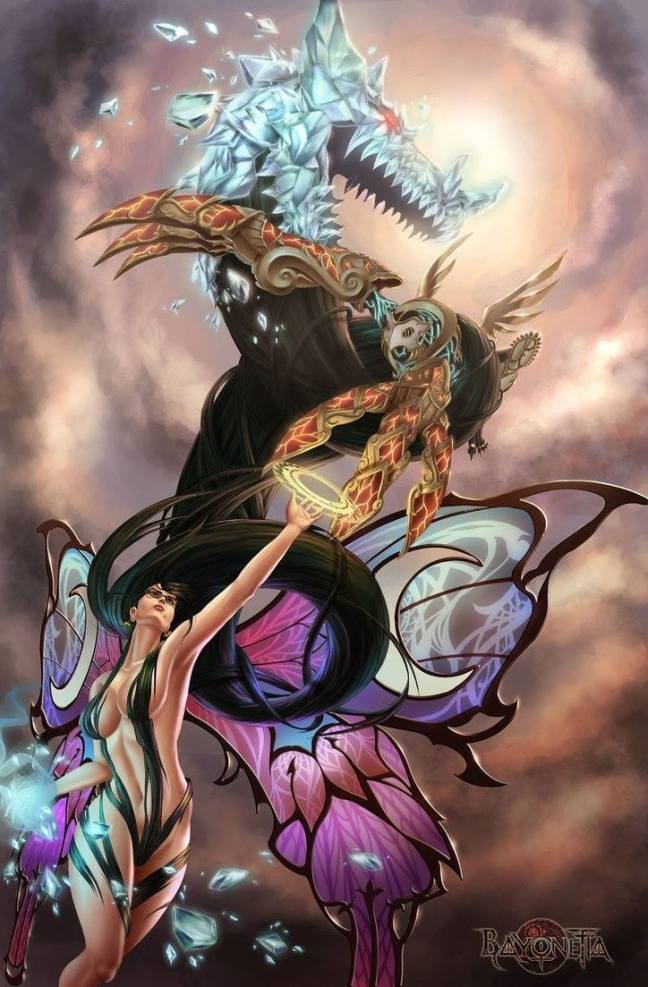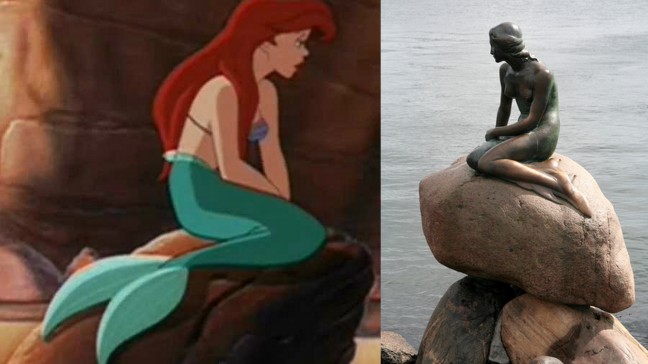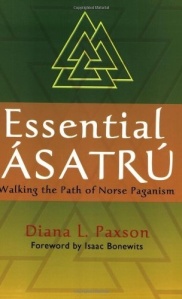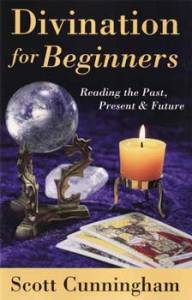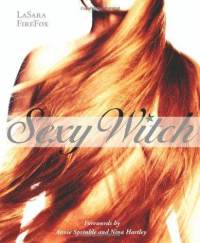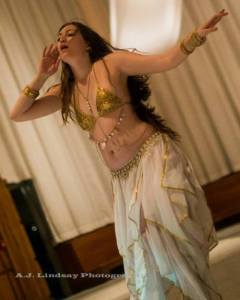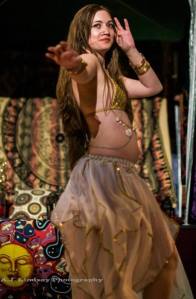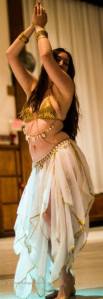Aaaaand back from another semester! Student life can be so consuming. Luckily, I was once again able to incorporate paganism for yet another final paper. This time it was for my Celtic Diaspora class. Our Pr. had us choose an identity marker of the Celts. I chose deities and since deities lend themselves to paganism, I find this paper appropriate to share through this avenue.
Celtic Identity Marker: Deities
I think it’s important I explain why I chose “deities” to identify the Celts. I acknowledge that deities are often borrowed from other cultures (and I will give an example of this later) so I get that associated deities are not a surefire way of “identifying” a group of people culturally or spiritually. However, the deities of Celtic peoples have had much of an influence on their culture, particularly what they find important or sacred. This is most reflective in their holidays and language, I believe. I’ll go into detail further about those two aspects as well.
First I’ll go over a select few deities that I find most definitive of Celts’ identities. This starts with the Tuatha de Danann (“Tribe of Danu”). This tribe is deemed a supernatural “race” of beings (1) that came to Ireland either by ships that they later set on fire or a haze of clouds for 3 days and nights, depending on who’s telling the story (2). So it’s already affirmed that these people were not native to Ireland, which I’m sure is what helped “deify” them. One passage says that they came on Beltane and brought magic and poetry with them (4). Danu was their matron deity they worshiped as a mother goddess (1). She was associated with rivers, the earth, life and fertility (4). It is interesting that Danu, herself is not necessarily considered a Celtic deity because there is no record of her corporeal arrival in the Celtic Isles. It is just mentioned that she was honored by the Tribe.
The primary god among the Tuatha de Danann was the Dagda (“good god”). He is described as an elder father figure to his Tribe that had a harp and a cauldron that never went empty (2). He provided for his Tribe and also negotiated with various other peoples of Ireland to ensure their safety and protection. He is depicted as an old, sloppily-dressed man who eats like a barbarian and possesses a giant club that can restore life with its handle (1).
In regards to who is the primary goddess of the Tribe, I would have to say is Eriu. She was Queen of Ireland at the time it (and subsequently the Tuatha de Danann) was conquered by the Milesians, a group of darker, shorter invaders who came from the sea. Accepting defeat, she requested that the land retain her name (2). It is her we have to thank for Ireland’s name, today! Her name translated from Proto-Celtic means “fat, abundant”. Not much is known of Eriu other than this legend and that she was the daughter of Ernmas, the Irish mother-goddess (3).
The secondary goddess of the Tribe would have to be Brigid (“Exalted one”) (3). She was a daughter of the Dagda and revered for her domestic skills, poetry and knowledge. As a goddess she is venerated for fertility, childbirth, protector of hearth and hills, and divination (1). She is often depicted weaving a loom to tell stories. She was later beloved by the Christians and became a Saint upon the Catholic conquest of Ireland (2).
Another prominent goddess was the Morrigan (“Phantom Queen”). She was a goddess of sovereignty and sexuality. She could prophecize war victories and also who would die in battle. She’s often depicted with crows (3).
The last prominent deity of the Tuatha de Danann that I’ll explore is Lugh (“Shining One”). He was born to Balor, a Fomorian and was therefore raised by Tailtiu a Spanish Queen (2). He is allowed back in the Tuatha de Danann as an adult, offering his many skills in craftsmanship. The legend says that although he initially denied re-entry because the tribe already had people with those skills, they changed their mind and decided it would be beneficial to have someone who was skilled at all those things, simultaneously (3).
To give this research some variety, I’d like to mention some other influential deities not part of the Tuatha de Danann. The first one is Donn (“Brown”). He was chief of the Milesians, the group that came to Ireland from Galicia and conquered the Tuatha de Danann. He was encouraged to sail away from Ireland and the night that he attempted to do so, he drowned in a storm (2). Posthumously he became the Dark Lord of the Dead and still haunts his resting place, Teach Duinn (2). He is said to warn the locals of foreboding weather.
Another important deity was Belenus (“Bright, fiery”). All research says is that he was sun god worshiped across Europe. His influence on the Celts lead to creating the holiday, Beltane (2).
The last relevant deity is Epona (“horse”), the horse goddess . She was venerated by Celtic knights for protection if themselves but also their horses (1). She was also worshiped for the fertility/breeding of horses. She is another deity whose worship was not exclusive to Celts (3).
Now that there’s some basic background information about the deities, I can go into their respective holidays. As I touched upon before, I think it is the holidays that seem to be most-embedded in Celtic culture, even today. They were given Celtic names and started in the Celtic Isles for Celtic reasons and I believe remnants of those philosophies are still passed down to modern Celts by celebrating them in today’s day and age.
The first holiday is Samhain (“Summer’s End”). This marks the beginning of the Celtic New Year and the coming of winter for the Celts. It’s celebrated now on the night of October 31 into November 1. The ancient Celts believed time stood still and laws were suspended on this night (2) and the spirits could enter the human world and vice versa. Two large bonfires were lit on hills within communities (2) and cattle would be driven between them for purification and to protect them from disease. Then these cattle were slaughtered for winter food and their bones were tossed into the fire. This is where the term “bonfire” comes from (bone-fire). How this relates to the gods involves a legend of the Tuatha de Danann engaging in battle against the Fomorians. The Dagda and the Morrigan meet Samhain night and have sex to ensure victory against the Fomorians (3). It is suggested this is symbolic of Dagda paying homeage to the land (represented by Morrigan) (1). Also Donn is associated with this holiday because of his aid to the spirits entering the human world.
The next holiday is Imbolc (“In the womb”) and is celebrated on February 2. It is a time to honor the domestic life (3). In essence, fertility, hearth and home are the main ideas of this holiday and it’s also associated with lactation of ewes for lambing season. Brigid is venerated during this holiday since she very much embodies these qualities (1). This is a time to light candles, tell poetic stories, divine the future and eat eggs and butter. Milk is sometimes poured on the ground to encourage fertility (3). Brigid is associated with “high” things on this day (hence her name “exalted one”) such as tall fires, learning and mountains (1).
Another holiday to keep the wheel of the year turning is Beltane (“Bright fire”) who some scholars debate may have been named after Belenus. It takes place on May 1 and is considered the first day of summer in Ireland (1). Since the summer means more sunlight, Belenus seems very appropriate to be associated with this holiday, being a sun god. Like most of the Celtic holidays, Beltane is a time to celebrate fertility. In fact fertility takes center stage for this day more than any other holiday. Since it is on the opposite end of the year from Samhain, a time of death, Beltane is very much a time of life. Flowers are usually in bloom during this time of year so they are used to decorate pretty much everything. Lots of sex is encouraged to enact fertility and many couples enter marriage on this day. There is a Maypole for this day that involves a large pole (a very phallic symbol) decorated with ribbons and flowers that is penetrated into the earth, so as to inseminate it. After the insertion, dancing around the pole with the ribbons is another fertility rite that happens.
The last holiday important to the deities is Lughnasadh (“Assembly of Lugh”). This holiday was started by Lugh, himself and is celebrated August 1. There is a debate of whether he started it to remember his mother or to celebrate his wedding. The traditions attached to this holiday seem more relevant to the death of his foster mother, Tailtiu. She died of exhaustion after harvesting all the corn in Ireland. Lughnasadh is considered a harvest so trinkets made from corn and wheat are customary (3). The “Assembly” would always climb up a hill to hold the Lughnasadh festivities which usually involve athletic games (2). Modern Celts still make this trek up hills on this day.
I find it interesting that these holidays are equidistant from each other. I believe they are strongly tied to pre-Christian agricultural holidays and I’m disappointed to say I haven’t found a link between that aspect and the attached deities…because the Tuatha de Danann did not know how to farm when they came to Ireland (1)! What would they care so much about fertility if they didn’t even use it? I suspect these holidays were already in fashion before the Tuatha de Danann showed up, then they inserted themselves in these celebrations as a way to assert authority over the Celtic peoples, like how the Romans added Christian elements to the pagan holidays for easier conversion.
That brings up a few questions as to where these deities came from? With the exception of Epona, all of the deities I explored are not native to the Celtic Isles. All of the legends indicate this. We already know Donn was a Milesian, a Galician tribe. Lughnasadh was born in Ireland but he not of native Celtic descent. I think the Tuatha de Danann, in particular, were Viking raiders from Scandinavia. One of the more superficial reasons is because of their physical description. They are said to be taller and have lighter hair and eyes than the Irish natives. However, they are not taller than the Fomorians, which were considered giants from the sea, also not native to Ireland (2).
Another more telling reason is I find some similarities between the Tuatha de Danann and the Aesir and Vanir of the Elder Edda. Without going into too much detail, the Elder Edda is collection poems recorded in Iceland in the 13th century that tell legends of the Aesir (“Gods”) and Vanir (“Friends of the Gods”) and what happened to them at the end of the world. I find links between Odin and the Dagda, Freyja and the Morrigan, Loki & Freyr and Lugh, Brigid and Frigg. Odin and the Dagda are both considered father figures (Odin sometimes referred to as “All-father”). Brigid and Frigg are both highly revered for their domestic qualities and seen as model wives. The Morrigan’s relation to crows makes me think of the winged Valkyries of the Edda. Also, she and Freyja are both associated with fallen soldiers and sexuality. Lastly, I feel as though Lugh is a consolidation of Loki and Freyr. He’s described as young and fair-haired like Freyr but also a bit of a misfit (due to his status as a half-breed) and very clever like Loki.
The very name “Tuatha de Danann” shows signs of Scandinavian origin. Danu was also the name of a mother-goddess worshiped by Nordic peoples. Scandinavia was one of the last places in Europe to practice agriculture, due to it being so cold. This would explain why the Tuatha de Danann did not know how to farm when arriving in Ireland. The “Prophecy of the Seeress” poem from the Elder Edda predicts the end of the world with Thor obtaining ships for the Aesir and Vanir to escape the natural disasters (talk of large fires and flood swallowing the land) (5). This might be why the Tuatha de Danann came to Ireland by boat/a cloud of rolling smoke (2). Perhaps they were escaping the devastation of what was going down in Scandinavia.
My final point for seeing links between Nordic and Celtic deities is the folk art. As I mentioned in class, being Scandinavian and Celtic has given me the advantage of being semi-immersed in both cultures and I’ve noticed much similarity between the styles of art. For example, the Triquetra of Celtic culture is similar in structure to the Valknut of Nordic culture. Also, the Celtic knots look almost exactly like the Nordic knots. The only really aesthetic difference between Celtic & Scandinavian folk art is Scandinavian art is more geometric and Celt is more curvy/fluid. We all learned in high school history classes that Vikings did in fact settle in the Celtic Isles and leave an influence in the Celts’ modern culture, so the folk art isn’t necessarily a big surprise. I’m just saying the same influence of the Vikings on Celtic folk-art could be applied to deities, as well.


Works Cited
- Aldhouse-Green, Miranda J. Celtic Myths. Austin: U of Texas, 1993. Print.
- Keating, Geoffrey. The General History of Ireland Containing I.A Full and Impartial Account of the First Inhabitants of That Kingdom ; … VI. A Relation of the Long and Bloody Wars of the Irish against the Danes … Collected by the Learned Jeoffry Keating … Faithfully Translated from the Original Irish … by Dermo’d O Connor .. London: Printed by J. Bettenham, for B. Creake, 1723. Corpus of Electronic Texts. Web. 2 Oct. 2015. <http://www.ucc.ie/celt/published/T100054/index.html>.
- Sjoestedt, Marie-Louise. “Chieftain Gods of Ireland.” Gods and Heroes of the Celts. Blackrock: Four Courts, 1994. N. pag. Print.
- Squire, Charles. Celtic Myths and Legends .. New Jersey: Printed by Gramercy Books, for Random House Value Publishing, 1994.
- Poetic Edda. (translated by) Hollander, Lee M., 196

